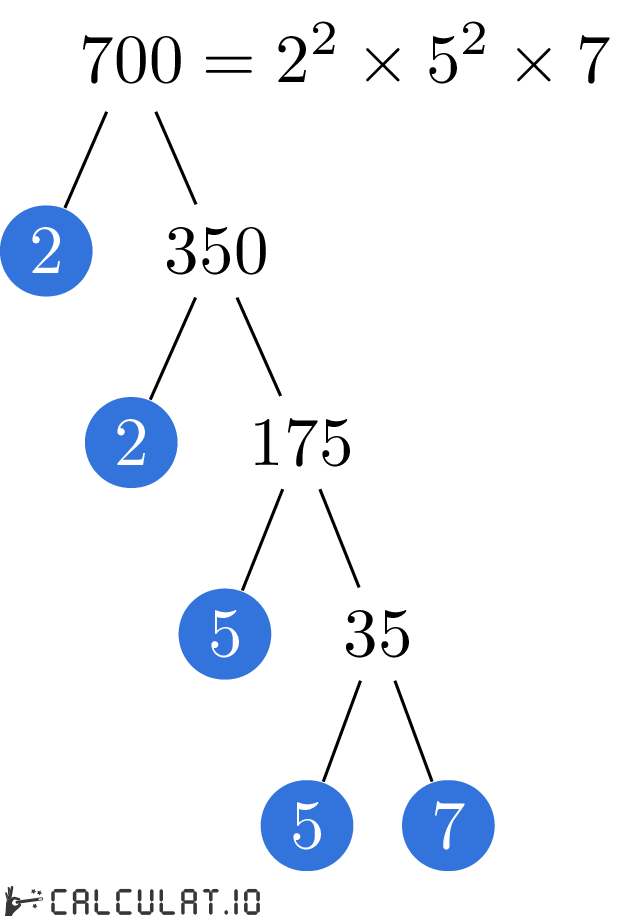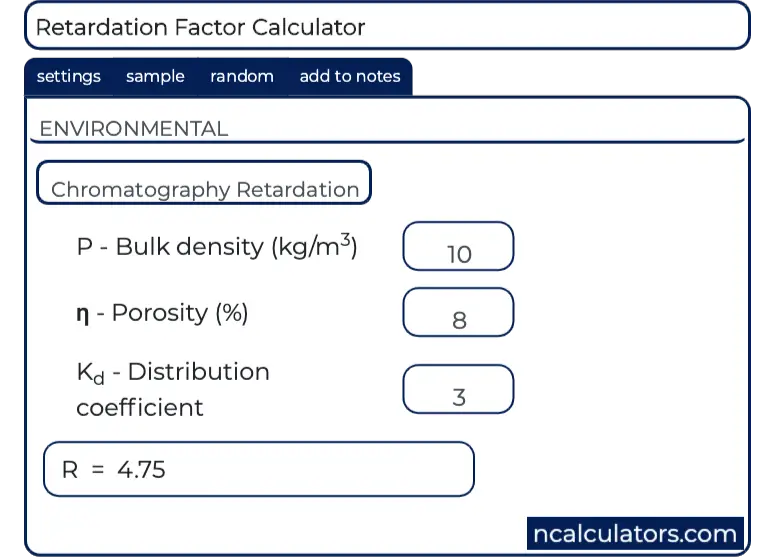
I decided to home school my children at a young age. Explanations given by the math tutor are excellent. Students will love its step-by-step solution of their algebra homework. It does not store any personal data.Algebrator is a wonderful tool for algebra teacher who wants to easily create math lessons. The cookie is set by the GDPR Cookie Consent plugin and is used to store whether or not user has consented to the use of cookies. The cookie is used to store the user consent for the cookies in the category "Performance". This cookie is set by GDPR Cookie Consent plugin. The cookie is used to store the user consent for the cookies in the category "Other. The cookies is used to store the user consent for the cookies in the category "Necessary". The cookie is set by GDPR cookie consent to record the user consent for the cookies in the category "Functional". The cookie is used to store the user consent for the cookies in the category "Analytics". These cookies ensure basic functionalities and security features of the website, anonymously.


Necessary cookies are absolutely essential for the website to function properly. So, as a result, we get the following set of factors of the number 12: 1, 2, 3, 4, 6, 12. Then divide 12 by 2 (and get the second pair of factors: 2 and 6), and divide 12 by 3 (and get the third pair of factors: 3 and 4). Round down it to the whole number 3.Ģ) Divide 12 first by 1 (so we get the trivial pair of factors: 1 and 12). If division occurs without a remainder, then the divisor and the result of the division are factors of the number n.ġ) The square root of 12 is equal to 3.4641. Let’s call this number the upper search limit.Ģ) Sequentially divide the number n by numbers from 1 to the upper search limit.
Factoring calculator trial#
So, the trial division algorithm which is used in our factoring calculator has the following steps:ġ) Find the square root of the integer n to be factored and round it down to the nearest whole number. It is also important to note, that it makes no sense to consider trial factors greater than the square root of n because if n is divisible by some number p, then n = p × q, and if q is smaller than p, then it would have been detected earlier that n is divisible by q or by a prime factor of q. The basic idea of the trial division algorithm is to check if n, the integer to be factored, can be divided by every number in turn that is less than this integer. And although it is the most time-consuming algorithm, its simplicity makes it applicable for many practical problems. One of the most simple and often used in the case of not very large numbers is the trial division algorithm. The running time vary significantly among the algorithms, depending on the size and on the properties of the number to be factored. There are many algorithms for factoring numbers, both general-purpose and special-purpose. In practice, we are talking about making a list of all the factors of a number, that is, the numbers from which you can make pairs of factors that, when multiplied by each other, give the original number. Thus, factorization of an integer is the process of representing that number as a product of smaller integers. If these two factors are the only factors of a number, so, as we know, such a number is a prime number. Worth to note that every integer number has at least two factors: 1 and the number itself. For example, if the number 21 is divisible by 3 without a remainder, then the number 3, as well as the result of dividing, the number 7, are the factors of the number 21.

Obviously, the factors of a number are also its divisors. Positive integers that can be formed by multiplying two smaller positive integers are called composite numbers. The number 1 is not considered prime because any number is trivially divided by 1. The first few prime numbers are 2, 3, 5, 7, 11, and 13.

Numbers that have only 2 factors: 1 and themselves, are called prime numbers. For example, 18 can be factored as 1×18, 2×9 or 3×6. Some numbers have more than one way of being factored. For example, 5 and 7 are the factors of 35 because 5×7 = 35. Factors (or divisors) of an integer number are the integer numbers that, when multiplied together, produce the given number.


 0 kommentar(er)
0 kommentar(er)
